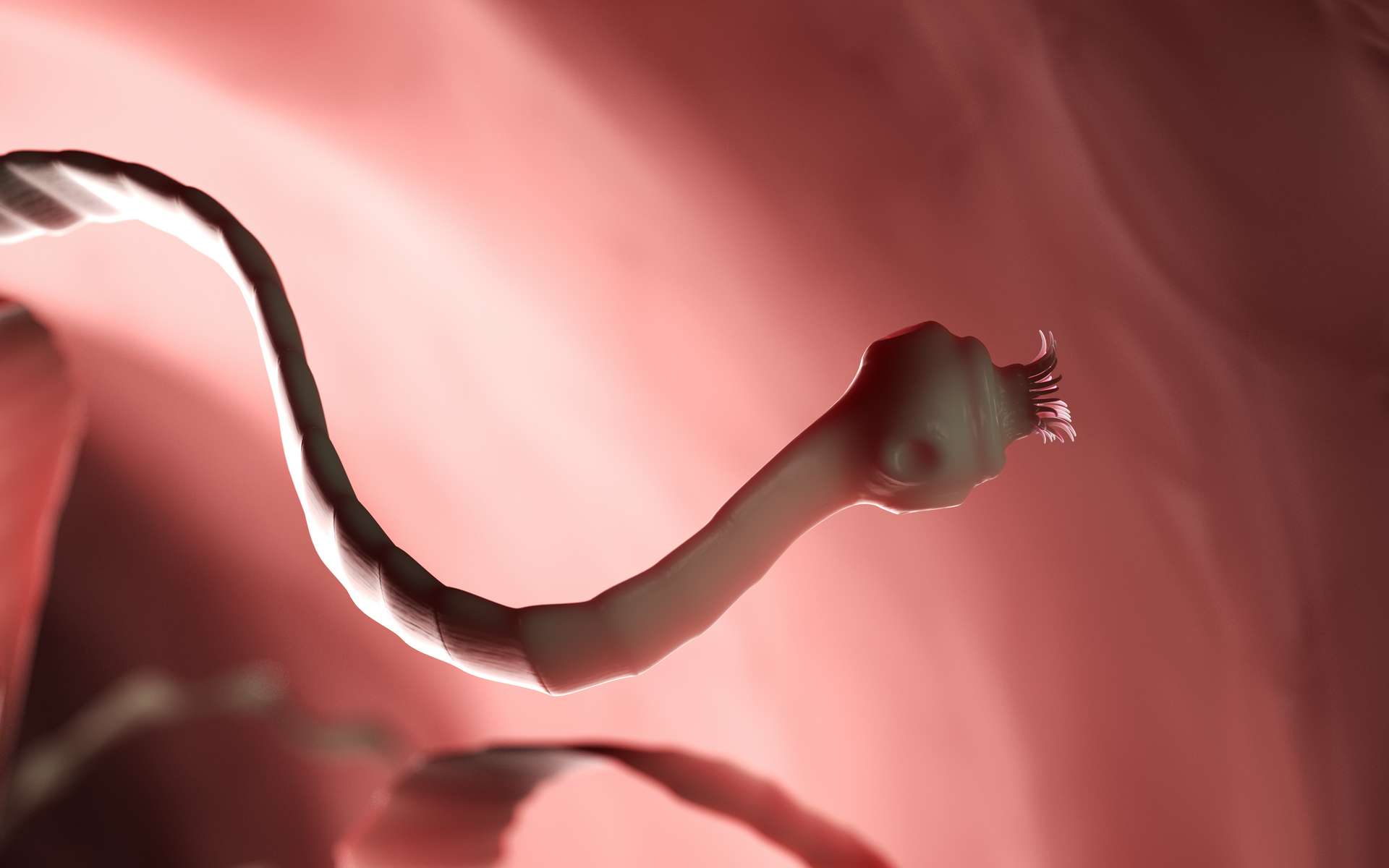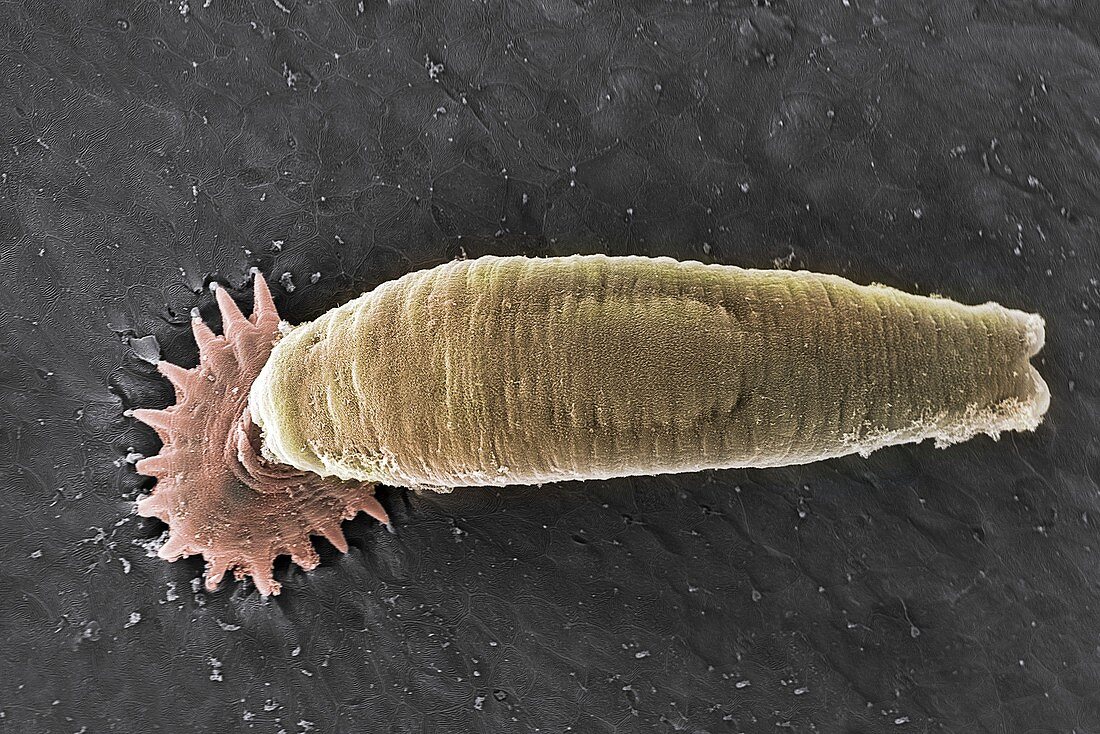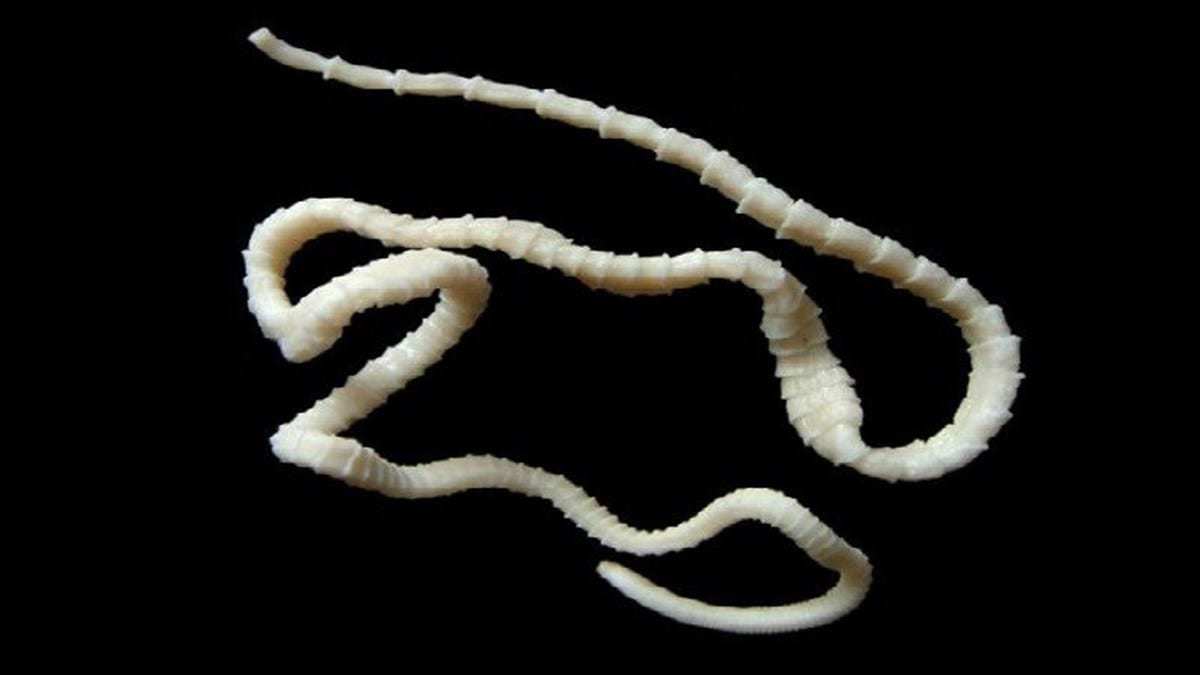
The Flat Pioneers: Understanding Platyhelminthes and Their Unique Biology
When considering the breadth of the animal kingdom, flatworms often remain overshadowed by more conspicuous taxa. However, members of the phylum Platyhelminthes represent a cornerstone of evolutionary biology, embodying structural simplicity coupled with remarkable biological innovations. 🪱✨ These organisms, characterized by their dorsoventrally flattened morphology, have profoundly influenced our understanding of developmental biology, regeneration, and host-parasite interactions.

This discussion delves into the biological intricacies of Platyhelminthes, their ecological significance, and their evolutionary implications, reflecting their profound impact on science and the natural world. 🌊🔬
Defining Platyhelminthes
Platyhelminthes, commonly referred to as flatworms, are soft-bodied invertebrates distinguished by bilateral symmetry and a lack of a body cavity. 🪱 Their dorsoventral flattening optimizes surface area, a key adaptation for diffusion-based physiological processes. Encompassing over 20,000 species, this phylum is divided into four primary classes:
- Turbellaria : Predominantly free-living organisms, including the well-studied planarians.

- Trematoda : Parasitic flukes with complex life cycles involving multiple hosts.

- Cestoda : Tapeworms, obligate parasites inhabiting vertebrate intestines.

- Monogenea : Ectoparasitic species that primarily infect aquatic organisms.

Despite their taxonomic diversity, Platyhelminthes exhibit unifying characteristics that underscore their evolutionary significance. 🧬🌍
Anatomical and Physiological Distinctiveness
The anatomy of Platyhelminthes bridges the simplicity of early metazoans with the complexity of more advanced taxa. 🔍 A comprehensive examination of their morphology and physiology reveals notable evolutionary innovations. 🧠
Body Plan and Symmetry
Platyhelminthes are triploblastic organisms, developing from three germ layers: ectoderm, mesoderm, and endoderm. Their acoelomate condition—the absence of a coelomic cavity—results in a parenchymal matrix that supports internal organs. Their bilateral symmetry represents a significant evolutionary advancement, facilitating cephalization and directional locomotion. 🔄
Digestive System
Most species possess a gastrovascular cavity with a single orifice functioning as both mouth and anus. This structure supports extracellular digestion and nutrient distribution. 🍴 In contrast, cestodes lack a digestive system entirely, absorbing nutrients across their tegument, a specialized syncytial epithelium. 🩹
Nervous System and Sensory Capabilities
Platyhelminthes possess a centralized nervous system, including paired cerebral ganglia and longitudinal nerve cords. This arrangement allows for coordinated movement and environmental interaction. 🌌 Free-living species, such as planarians, demonstrate notable sensory acuity, facilitated by structures like ocelli (light-sensitive eyespots) and chemoreceptive cells. 👁️
Regeneration: A Paradigm of Biological Resilience
Among the most celebrated features of Platyhelminthes is their unparalleled regenerative capacity, particularly evident in planarians. 🪄 Following injury, neoblasts—totipotent stem cells—proliferate and differentiate to reconstruct lost tissues. 🧪 This phenomenon not only underscores their resilience but also serves as a model system for studying cellular differentiation, pattern formation, and aging. 🌱
Insights derived from flatworm regeneration have transformative implications for regenerative medicine, including stem cell therapies and organ repair. 🏥 Their capacity to maintain genomic integrity during extensive cell turnover continues to inspire novel approaches to understanding tissue renewal in higher organisms. 🔬💡
Ecological Adaptations and Niches
Flatworms exhibit remarkable ecological plasticity, occupying niches ranging from free-living predators to obligate parasites. 🐛 Their adaptations underscore their evolutionary success. 🌍
Free-Living Representatives
Turbellarians, the primary free-living flatworms, thrive in diverse habitats including freshwater, marine, and terrestrial ecosystems. They are predominantly carnivorous, preying on microinvertebrates and scavenging organic detritus. 🌊 Locomotion is facilitated by ventral cilia and mucus secretion, enabling efficient gliding over substrates. 🚶♀️
Parasitic Specializations
Parasitic flatworms, including trematodes and cestodes, exhibit profound morphological and physiological adaptations for their lifestyles.
- Trematodes employ complex life cycles involving intermediate and definitive hosts, with larval stages adapted for transmission and infection. 🌀
- Cestodes optimize nutrient absorption through their extensive surface area, enabled by microtriches—microscopic projections on their tegument. 🔍

These adaptations highlight the intricate co-evolutionary dynamics between parasites and their hosts. 🤝
Evolutionary and Ecological Significance
Platyhelminthes occupy a pivotal position in the evolutionary trajectory of metazoans. Their features illuminate key transitions in the evolution of body plans and ecological strategies. 🌟
Ecosystem Roles
Free-living flatworms contribute to trophic dynamics by regulating populations of smaller invertebrates. 🐜 Parasitic species influence host population dynamics and drive co-evolutionary processes, shaping biodiversity. 🌳
Evolutionary Innovations
The emergence of bilateral symmetry and cephalization in Platyhelminthes represents a foundational advancement in metazoan evolution. 💡 These traits facilitated more complex neural and sensory systems, laying the groundwork for subsequent evolutionary developments in higher taxa. 🧠📈
Human Health Implications
The relationship between Platyhelminthes and human health is multifaceted, encompassing both pathogenic impacts and research contributions. 🏥
Pathogenicity
- Schistosomiasis : Caused by Schistosoma spp., this parasitic disease afflicts millions globally, resulting in significant morbidity and economic burden. 🌍
- Cysticercosis and Taeniasis : Infections stemming from tapeworm larvae and adults can lead to severe complications, including neurological symptoms and systemic illness. 🩺
Research Applications
The study of flatworm regeneration and developmental biology has profound implications for biomedical research. Insights into stem cell dynamics, tissue patterning, and parasite-host interactions inform advancements in therapeutic strategies and disease management. 🔬💉
Conservation Considerations
While often overlooked, the conservation of Platyhelminthes is critical for maintaining ecological balance. 🌱 Habitat degradation, pollution, and climate change threaten both free-living and parasitic species, with cascading effects on ecosystems. 🌏 Protecting aquatic habitats ensures the survival of these foundational organisms and the roles they fulfill in biodiversity maintenance. 🐠
Platyhelminthes FAQ
Platyhelminthes exhibit remarkable regenerative abilities due to their neoblasts—pluripotent stem cells capable of differentiating into any cell type. When injury occurs, neoblasts migrate to the wound site and form a blastema, where they proliferate and regenerate tissues. Key signaling pathways, such as Wnt, Hedgehog, and BMP, coordinate this regeneration process, ensuring proper tissue patterning and polarity.
Parasitic species like flukes (Trematoda) and tapeworms (Cestoda) secrete bioactive molecules, including protease inhibitors and immune modulators, to suppress host immune responses. Some parasites can alter host behavior through neurochemical interference, ensuring transmission to the next stage of their lifecycle. For instance, Schistosoma species exploit host signaling to create favorable environments in blood vessels.
The acoelomate body plan, characterized by the absence of a body cavity, represents a primitive yet efficient design. It allows flatworms to rely on diffusion for nutrient transport and waste removal, which suits their flattened morphology. This structural simplicity underscores their evolutionary position as a transitional group between simpler cnidarians and more complex bilaterians.
Platyhelminthes rely on a combination of ciliary motion and muscular contractions for locomotion. Their ventral epidermis is lined with cilia, which interact with secreted mucus to create gliding movements. Additionally, their longitudinal, circular, and diagonal muscle layers enable peristaltic crawling, providing greater maneuverability in diverse environments.
Platyhelminthes engage in various symbiotic interactions. Parasitic forms often develop complex relationships with multiple hosts, while free-living turbellarians occasionally engage in commensalism or mutualism. For example, some turbellarians live on mollusk shells, benefiting from food scraps without harming the host.
Parasitic flatworms have evolved specialized features such as hooks, suckers, and teguments. The tegument serves as a multifunctional layer, protecting against host defenses, facilitating nutrient absorption, and secreting enzymes to break down host tissues. Their reproductive strategies, including high fecundity and complex lifecycles, further enhance their survival and dispersal.
Flatworms, particularly Schmidtea mediterranea, are central to regeneration and stem cell research. Their ability to regenerate entire bodies from small fragments provides insights into cellular plasticity and tissue homeostasis. Additionally, parasitic platyhelminthes like Schistosoma are studied to understand host-parasite interactions and develop novel treatments for neglected tropical diseases.
Conclusion
Platyhelminthes embody a fascinating intersection of simplicity and complexity, offering profound insights into evolutionary biology, ecology, and medicine. 🪱✨ Their contributions extend from foundational biological principles to practical applications in health and disease. 🌍
As we continue to unravel the mysteries of these flat pioneers, their study not only enriches our understanding of life’s diversity but also underscores the interconnectedness of all living systems. 🌌 Their legacy persists as a testament to nature’s ingenuity and resilience. 🌟





